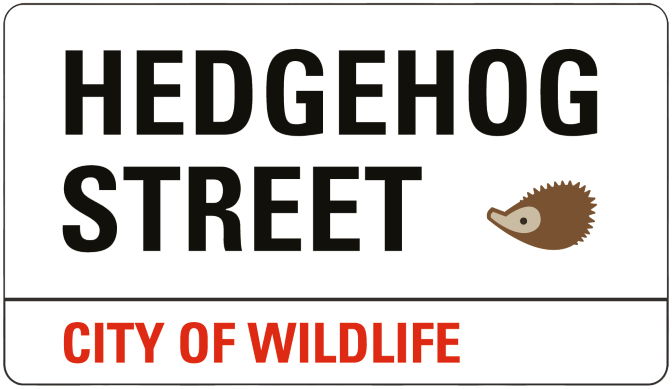Home › Forums › Champions’ chat › Feeding amounts › Reply To: Feeding amounts
Hi Paul
It is not easy to tell from a photo, but it looks as if that new neighbour might be a youngster. Usually, the hoglet’s heads look slightly bigger in relation to their bodies than the adults. I know we always want to keep the hogs safe and sound in our gardens, but you will not be able to keep them in your garden – they need several gardens to forage in. The best thing to do is to try to link your garden with others, by making hedgehog sized holes in fences, etc. so that they can go from one garden to another without having to go on roads, etc.
Even more than food, the best thing you can do for the hogs is to try to improve the habitat in your garden (as well as linking it with other gardens) and encourage your neighbours to do likewise. There are some tips at
https://www.hedgehogstreet.org/help-hedgehogs/helpful-garden-features/
This will hopefully provide them with more wild food, which is better for them than any artificial food we can give them, as well as nesting sites. Anything we feed should only ever be supplementary to what they can find in the wild. It sounds as if you are feeding the right things. (cat/dog food, cat/kitten biscuits or reputable hedgehog food).
Please don’t feed the hogs mealworms, other than in very small amounts and preferably not when hoglets are around. They do not have sufficient nutritional value and don’t have a good Calcium to Phosphorous ratio. This can be particularly harmful to hoglets, and they are particularly prone to becoming addicted to them and not want to eat anything else. All hedgehogs love mealworms, but that does not mean they are good for them. You might be interested to see https://www.hedgehogstreet.org/forums/topic/what-can-i-feed-visiting-wild-hedgehogs-that-is-good-for-them/
and
https://www.youtube.com/watch?v=kZ7Y3a4vgqU
I only feed for 2 or 3 hours each night – when I am up to see the hogs. This gives them some extra food, if they need it, but leaves them with plenty of time to find ‘wild’ food. It is very important to make water available to them at all times. If you feed this way, you will soon be able to work out how much you need to leave out each night, so not too much gets wasted. It also has the advantage that the hogs learn to visit at the time the food is out, so you will able to watch them in real time.
The large slugs, unfortunately seem to be a frequent presence, especially if it has been wet. The hogs seem to pretty much ignore them. I think it is the small ones which they eat, but they say those are the ones that do most damage to the plants, so that is good.
Some youngsters move on somewhere else, after a while, but often if hogs have found a good place to visit, others will follow.
Good luck. I hope you continue to enjoy their visits.

